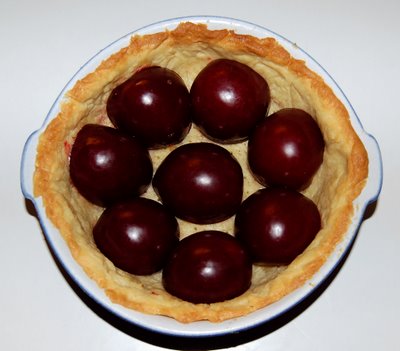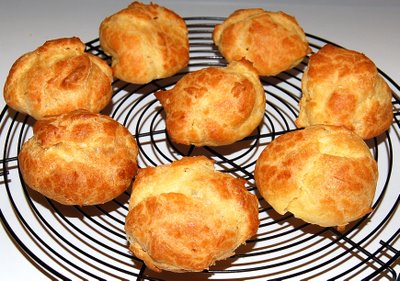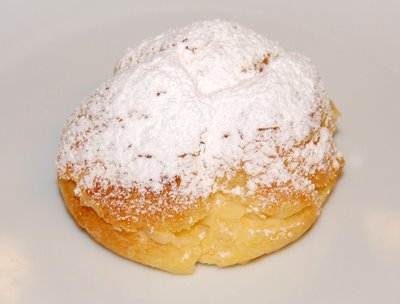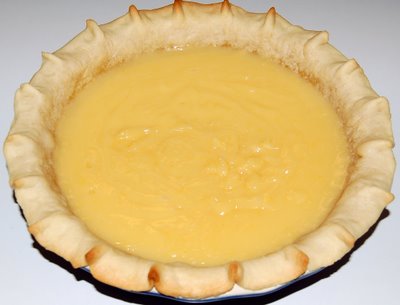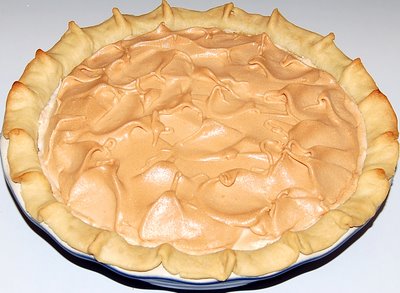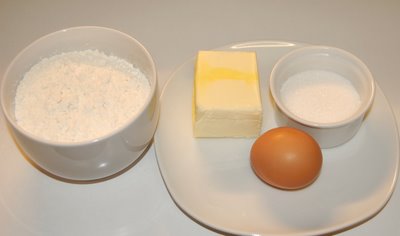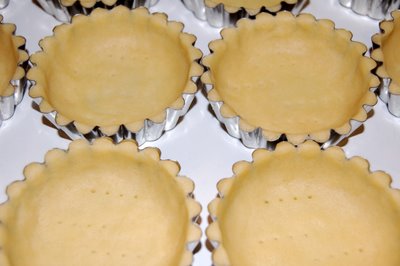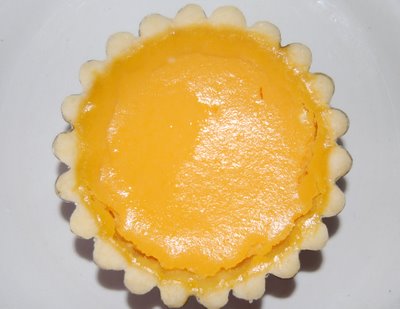This year is a special Deepavali to me as I get to celebrate it for the first time in my own place after marriage. Though busy at work, I still managed to make some festive delicacies.

Clockwise from top: Ghee Balls, Achi Muruku, Pineapple Jam Tarts & Muruku
Centre from left to right: Blackforest Cookies, Orange Cookies & Custard Cookies
Centre from left to right: Blackforest Cookies, Orange Cookies & Custard Cookies
Wishing Hindus Thoughout The Globe a Very Happy & Prosperous Deepavali




